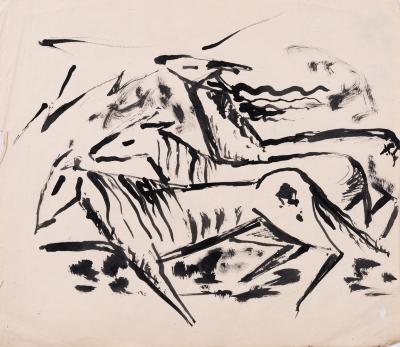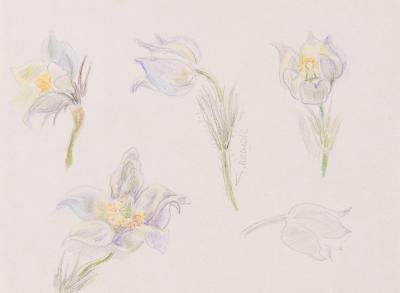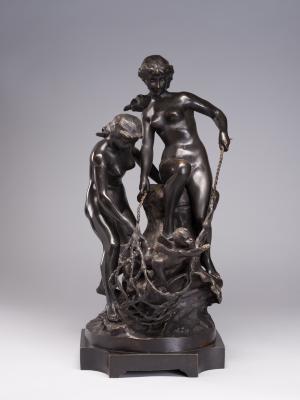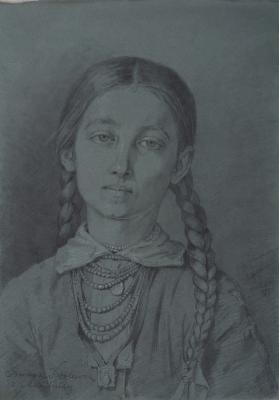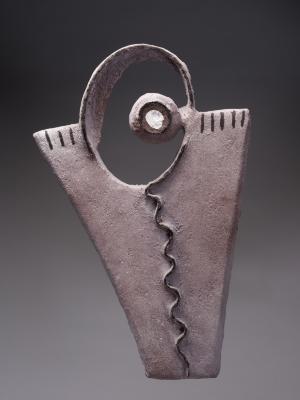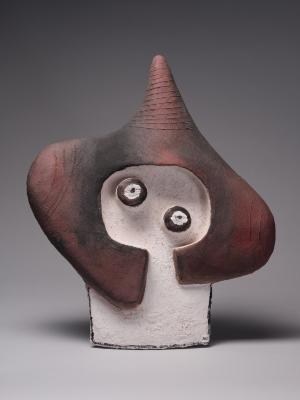Good Samaritan
Szymon Czechowicz
- ID
- Ж-6140
- Author
- Szymon Czechowicz
- Name
- Good Samaritan
- Date of creation
- c.1767 (?)
- Country
- Polish-Lithuanian Commonwealth
- Technique
- oil painting
- Material
- canvas oil
- Dimensions (height x width, cm)
- 186 x 174.5
- Type
- painting
- Genre
- religious
- Plot
- The parable of the Good Samaritan
- Provenance
- the Rzewuski collection (Pidhirtsi Castle)
- Exposition
- Zhovkva Castle














